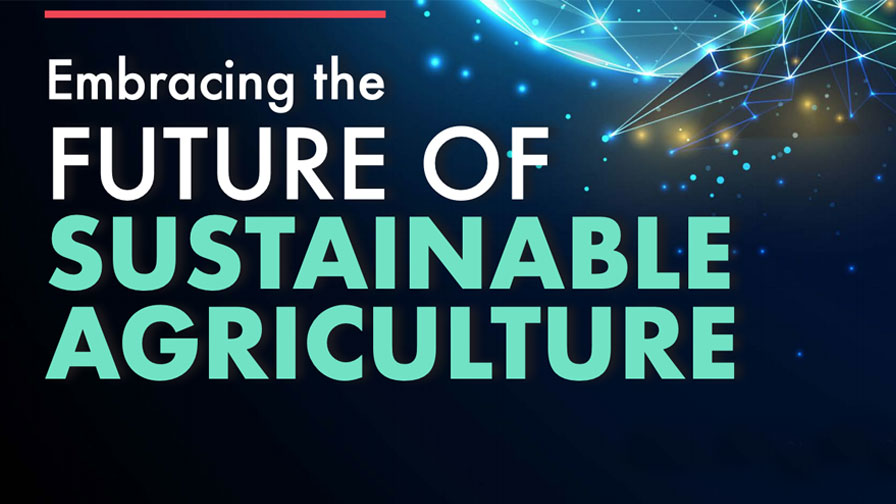2025: The Year for Autonomy Innovation in Ag to Ramp Up
Now in its fourth year, the annual Tech Hub LIVE Conference in Des Moines, IA, highlights everything going on in the world of ag technology. And the 2024 show featured plenty of information on technology adoption, from its current state to some projected models for ag retailers and their grower-customers.
Besides Tech Hub LIVE, another recent event I attended also looked at the state of ag technology, with a focus on autonomy. This was the Tech Day event, held at the end of June in Salina, KS, and hosted by ag equipment giant AGCO Corp.
In between seeing field demonstrations of autonomous grain carts and sprayers fitted with AI systems for weed detection/spot spraying, I had the chance to speak with two key AGCO representatives — Eric Hansotia, CEO, and Seth Crawford, Senior Vice President and General Manager at PTx Trimble, a joint venture of AGCO and Trimble — about what the future held for autonomy, at the company and for the entire industry itself.
According to Hansotia, autonomy “is coming” quickly to agriculture. In fact, AGCO is planning to formally introduce many of its autonomous offerings to the marketplace during the 2025 growing season as a result.
And when it comes to the expected growth curve such systems might have across agriculture, he pointed to how the industry adopted guidance systems (such as automatic steering) as a guide.
“Think about guidance adoption,” he said. “It didn’t grow because the OEMs [original equipment manufacturers] said it would. It grew through the users and the retrofit business. They would buy their machines and add guidance systems to them. This convinced the OEMs to start adding these products for them at the factory. We think autonomy will follow the same path.”
Crawford agreed with Hansotia’s view. “When guidance first came out, it was on tractors going in straight rows,” he said. “Then, it progressed to curves. Now, we have systems for automated turns. I think autonomy adoption will be similar to that. The simplest machines will go first — things like grain carts — and more complicated equipment like sprayers will come later.”
A by-product of autonomy adoption in ag equipment, said Hansotia, will lead to an improvement in an area users have criticized for years — connectivity.
“As the industry gets more into autonomous vehicles, the requirements for connectivity will go way up,” he said. “Machines will not be able to remain isolated from communicating. Users will want to remote into their machines all the time and have them talk to one another to best coordinate their movements in the field. Real-time connectivity will become an industry requirement, not an option.”






